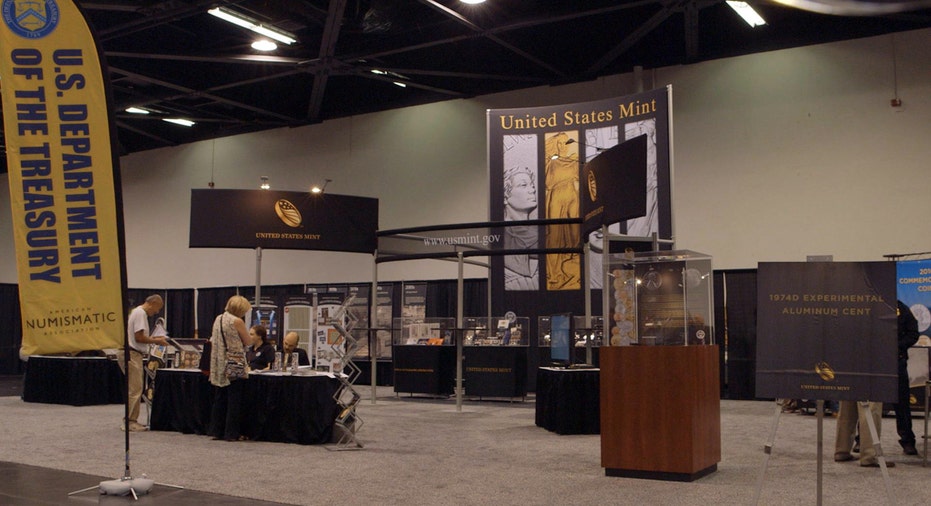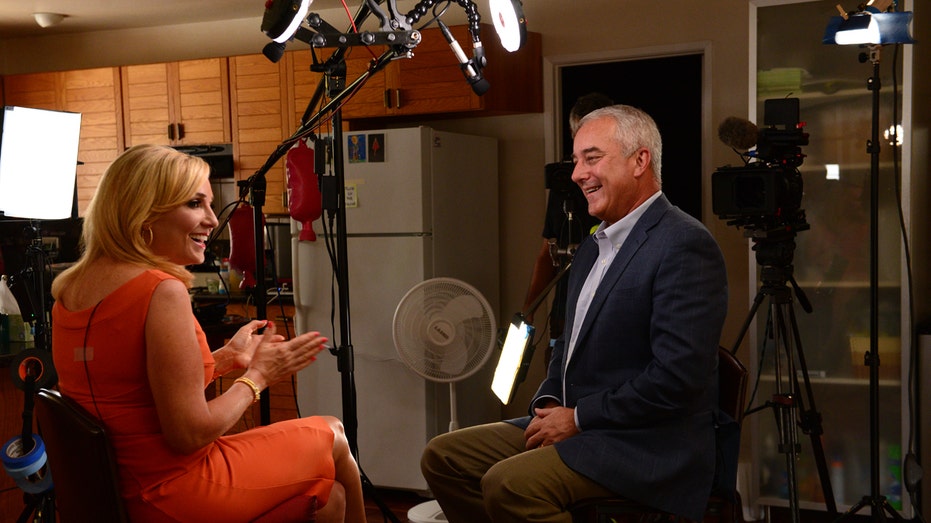Feds Pinch Penny Heir

After confiscating a rare aluminum penny a California man inherited from his father, the U.S. Mint is saying it will do the same if it finds in circulation similar coins it never intended to circulate.
That adds up to a striking change of policy, say some coin collecting experts.
“This is the first I’ve seen anything like this,” said Paul Montgomery, a coin dealer and author of a book on rare coins. “I see the government getting very active in lots of things, but confiscating collectable rare coins has never been one of them.”
The controversy is the focus of an upcoming episode of the FOX Business Network series “Strange Inheritance.” On Monday, January 23 at 9 p.m. EST, host Jamie Colby investigates the curious story of Denver Mint worker Harry Lawrence, who died in 1980 and left his son Randy a plastic bag of misstruck “error” coins.
On a whim 33 years later, Randy Lawrence, who relocated to La Jolla, California, brought the baggie to coin dealer Michael McConnell. McConnell homed in on one item in particular – a 1974 aluminum penny.
McConnell said he first assumed the American penny coin was mistakenly struck on an aluminum blank meant for a foreign coin. (The U.S. Mint strikes coins for a number of other countries.) However, McConnell ultimately concluded it was related to a run of aluminum pennies the Mint produced but never circulated and ultimately melted down.

In the seventies, the Mint hoped to save money by switching from copper to a less expensive metal, but the experiment was a bust, said Montgomery. “The aluminum coins didn’t work in vending machines, and if kids swallowed them they wouldn’t show up in x-rays either.”
Once word got out that Lawrence and McConnell would put the apparently one-of-a-kind penny up for auction, collectors compared it to the most storied coins in American numismatics: Five 1913 Liberty Head nickels, one of which sold at auction for $3.7 million in 2010.
“I was getting phone calls from across the country as well as seeing articles across the world – Russia, China,” Lawrence told Colby. “In my mind, the price just kept going up.”
That’s until the government stepped in and demanded he hand over the penny. Lawrence filed suit, but eventually gave the penny back. The government itself has since displayed the penny on the coin show circuit.
A Mint spokesman said the government will do the same thing if it learns of other coins like Lawrence’s have slipped into circulation. The statement, however, did not commit the feds to trying to reclaim other highly valuable, high-profile coins that have been bought and sold by the collectors through the years.
Montgomery, whose book concluded the 1913 Liberty Head nickels were probably struck by a rogue Mint worker, notes that the government has never demanded the return of those coins. He wondered why the Lawrence coin was treated differently.
“Each one of those nickels have been owned and purchased and millions of dollars have traded hands and yet the government has never gone after them. Why this aluminum penny?”